Formulation and environment
Self-assembled materials from renewable resources
We develop biodegradable microporous organogels, consisting of vegetable oils gelled by self-assembly of bio-sourced organogelators. The porosity is introduced in the materials by water-soluble porogens. These microporous materials are optimized as adsorbents to sample or remove pollutants in air or water.
RX Microtomography (A) and SEM (B) of a microporous organogel
Self-assembled systems for the implementation of recyclable materials
In the context of sustainable development, it is also important to consider the fact of being able to recycle a material, or to work to improve its degradation in the environment. We are interested in these two aspects in the field of plastics, materials of the future and very present in our daily life.
The development of thermoplastic composites (recyclable materials) in aeronautic revealed numerous difficulties of implementation, that we solved through the use of OMSs. For example, sizing (compatible coating of carbon fibers), was solved by the formulation of stable aqueous dispersions of oligomers, and structural bonding through the formulation of OMSs for a chemical activation of the composites surface. These projects were developed in partnership with Airbus Industries and the IRT Saint Exupéry of Toulouse.
SEM of carbon fiber composites materials, before (A) and after (B) thermoplastic sizing
Fate of microplastics in the environment
Plastics are very important materials in our daily lives and are thus suited to ever more numerous and efficient applications. For this it is necessary to prepare increasingly complex formulations, based on polymers where OMSs play a major role. However, like many other formulated products, this raises the question of their fate in the environment and the role played by the additives in this field. Today, plastic pollution has been recognized by the scientific community as a major environmental problem. We are developing fundamental research to better understand the mechanisms of transportation and fragmentation of microscopic plastic particles together with their interaction with the natural marine ecosystem (development of the biofilm).
Sample of microplastics recovered in the ocean (A) and SEM of a biofilm (B)
The impact of formulation additives on these mechanisms is particularly studied. This approach is based on multidisciplinary cooperation (chemistry, biological and physical oceanography, marine ecology ...). This project is also carried out in close collaboration with an NGO (7th Continent Expedition). Once these mechanisms elucidated, we will work to improve the degradation of plastics in the environment through new suited formulations from OMSs.
>> Development of an extraction method based on new porous organogel materials coupled with liquid chromatography–mass spectrometry for the rapid quantification of bisphenol A in urine
J. Chromatogr. A, 2015, 1414, 1-9
ter Halle A. ; Claparols C. ; Garrigues J.C. ; Franceschi-Messant S. ; Perez E.
>> Formulation optimization for thermoplastic sizing polyetherimide dispersion by quantitative structure–property relationship: experiments and artificial neural networks
J. Mater. Sci., 2014, 50, 420-426
Rodrigues M. ; Franceschi S. ; Perez E. ; Garrigues J.C.
>> Formulation of Aqueous Dispersions of PEKK by a Quantitative Structure Property Relationship Approach and Application to Thermoplastic Sizing on Carbon Fibers.
Advances in Materials, 2018, 7(4), 118-127
Alexandre M. ; Perez E. ; Lacabanne C. ; Dantras E.; Franceschi S. ; Coudeyre D., Garrigues J.C.
>> To what extent are microplastics from the open ocean weathered?
Environmental Pollution, 2017, 227, 167-174
ter Halle A. ; Ladirat L. ; Martignac M. ; Mingotaud A. F. ; Boyron O. ; Perez E.
>> Nanoplastic in the North Atlantic Subtropical Gyre.
Environ Sci Technol, 2017, 51(23), 13689-13697
ter Halle A., Jeanneau L., Martignac M., Jarde E. Pedrono B., Brach L., Gigault J.


